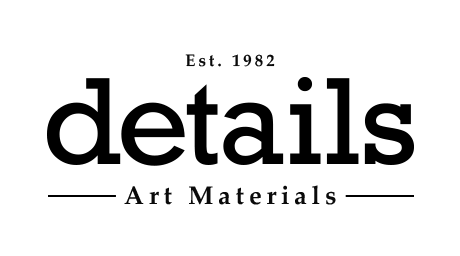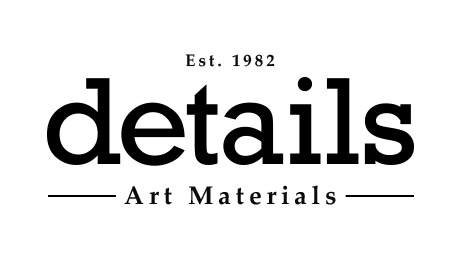Starting Watercolours: A Beginners Guide to Paints, Papers and Brushes

Watercolour Paints:
Watercolour Paper:

Brushes:
-
Round - Perfect for details and precise work, these pointed brushes give you great control of exactly where your paint is going. Choose a range of sizes for the most versatility.
-
Flat - Suited to creating broad washes of colour and straight edges, having a couple of these broad, flat brushes in different sizes is a must for any beginner.
-
Filbert - Similar to a flat but with rounded corners, these brushes are particularly useful for painting curves and are often used to paint flowers and portraits due to the softer, more organic line they can create.
-
Rigger - A pointed, round, extremely long bristled brush, a rigger is often used for painting continuous, flowing lines like ships' rigging (hence the name). More commonly used nowadays to paint tree branches, animal whiskers and long blades of grass.
- Fan - A flat brush with broadly splayed bristles, these brushes are frequently used to paint foliage, add texture and to soften and blend harsh lines and colours.
Other things you may find useful:
-
Palette - A plastic or porcelain mixing palette with wells for color blending and a large flat surface for diluting paint. Plastic palettes are extremely affordable and durable, but will eventually become stained and discoloured from the paint. Porcelain palettes are a little more costly and can break if dropped, but can be thoroughly and reliably cleaned for decades if taken care of well.
-
Masking Fluid - This latex-based medium can be applied to areas of your paper you want to keep pristine, as watercolour paint will not adhere to it. Make sure it's dry before painting over it, and then simply use an eraser to rub it off after you're finished painting to reveal the untouched areas underneath. Make sure to never use your good painting brushes to apply it as it's extremely hard to remove from bristles.
-
Water Containers - You'll find it useful to have two containers – one solely for clean water to add to your paints, and one for rinsing brushes. If you use your rinsing water to dilute your paints, you'll likely find the colours become dull and muddy. You can use almost anything for your containers, including old mugs (don't drink from them again after they've had paint in them, some pigments are toxic), and well-cleaned jam jars or plastic food containers.
-
Masking Tape - Low-tack masking tape to is a great way to secure your paper to a board, to preventing it warping while painting.
-
Pencils and Erasers - An HB or 2H pencil is a great choice for sketching lightly onto your paper to establish your composition, and a normal polymer eraser is a handy way to make corrections.
- Paper Towels or Rags - Essential for controlling moisture on your brushes, dab excess water before painting or gently squeeze water out of your brushes before allowing them dry.
As you immerse yourself in the world of watercolors, remember it's like any other skill and that mastery comes with practice and exploration. There is never only one 'right' way of doing something and it's important to experiment and see what works for you. The main thing is to enjoy yourself and remember that in watercolour, the true magic happens when you let loose and embrace your unique artistic touch. So, pick up your brushes, experiment fearlessly, and enjoy the boundless possibilities of watercolor. Happy painting!


